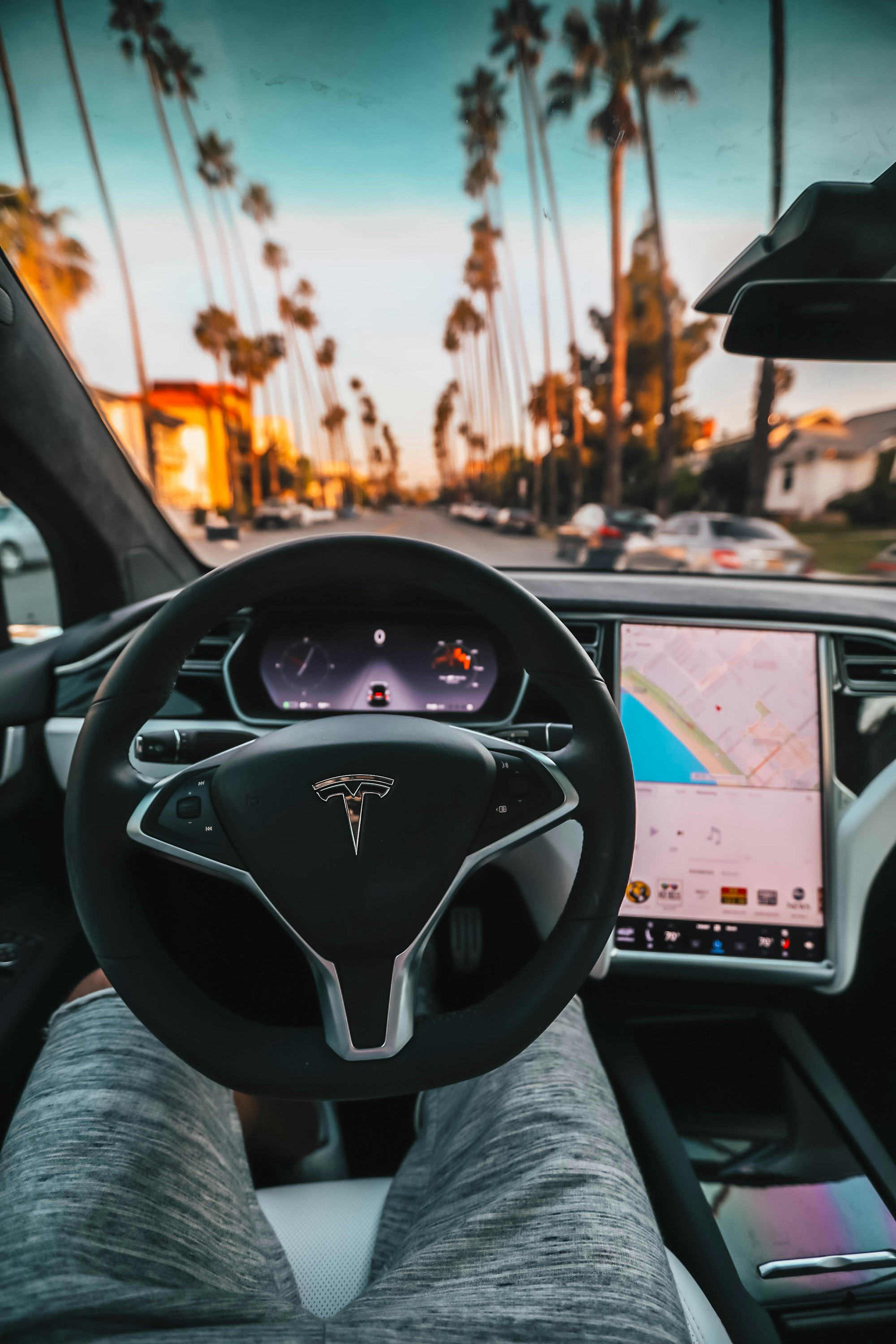Self-driving vehicles, what you need to know

The self driving landscape is vast, confusing and almost upon us. So what does the future of automated driving mean? How will it effect our daily lives? and what should we look out for?
History
Automated driving, driver-less or self-driving vehicles have been in the press for a while now, you may have even seen some vehicles on the road as they continue development testing.
The first talk of automated vehicles was much earlier than you may have thought. In the 1920's and 30's there are reports of vehicles being fitted with radio transmitting antennae that allowed remote control of a vehicle.
Fast-forward 70 plus years....
Innovation leaders
The big boys are fully involved with Google, Uber and Ford all taking the lead and investing the big bucks. Google alone has invested over $1 billion into its automated driving projects and the Chinese are investing even more.
Who's investing in an automated future.....
Google $1 billion (automated R&D)
Uber $300 million (Volvo partnership) + undisclosed technology investment (estimated $1 billion +)
Ford $1 billion (over 5 year period)
Tesla $ unknown (R&D in 2016 was $800 million +)
Baidu $1.5 billion
What are the risks?
There are many risks that the automotive industry are focused on resolving. Incidents with colliding vehicles, pedestrians or highway objects (sign posts, traffic lights etc) continue to be the main focus but what else are we missing?
Will automation allow the kids to be driven to school whilst you walk the dog? An extra few beers at the bar no longer will be an issue, just summon your self driving vehicle to drop you home!
What if I'm hacked?
In short, yes - like any other software driven solution there will be an element of risk around unauthorised access.
The results of a hack on an automated vehicle could be catastrophic and for this reason companies such as Google are investing heavily in defensive technology solutions. The solution, as with most technical companies is to stay ahead of the game. Invest in talented employees that can build defense solutions.
Next steps
Its an incredible time for the technology and automotive industries, its clearly the way forward as we see the vast amounts of money being thrown around.
Ford and Lyft aim to bring automated taxi solutions to the consumer by 2021 with non-piloted vehicle testing already underway in Phoenix.
The upward trend of R&D, testing and company acquisitions will continue to grow in 2018. Uber are so confident of the automated driver-less future that they are partnering with Volvo to bring 24,000 Volvo XC90 vehicles to their customers, effectively making the Uber driver redundant.
